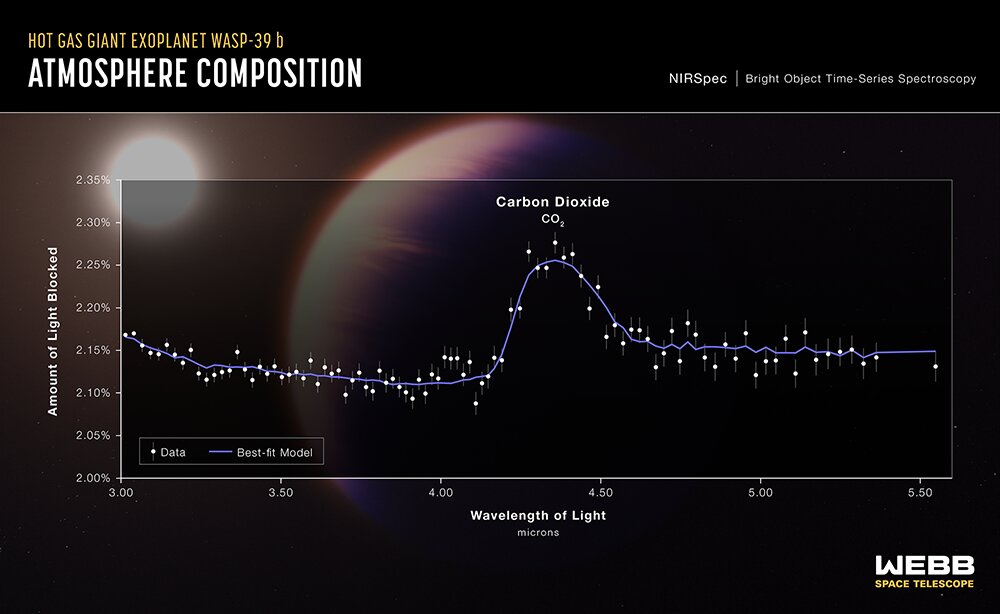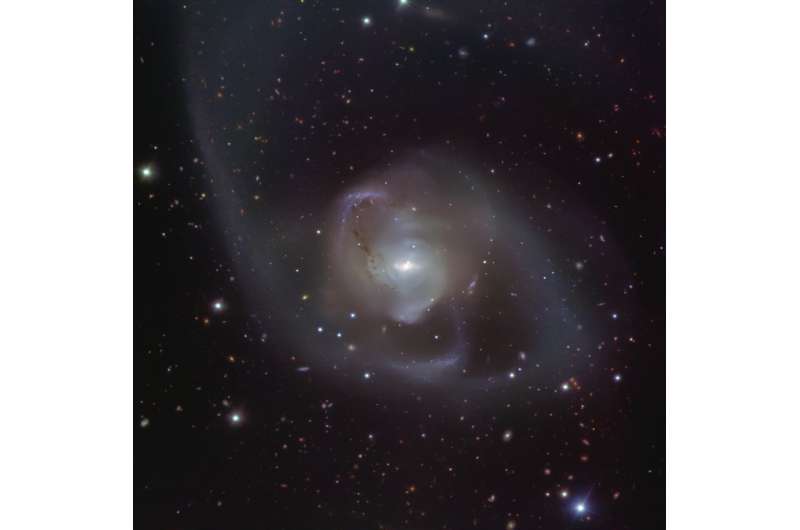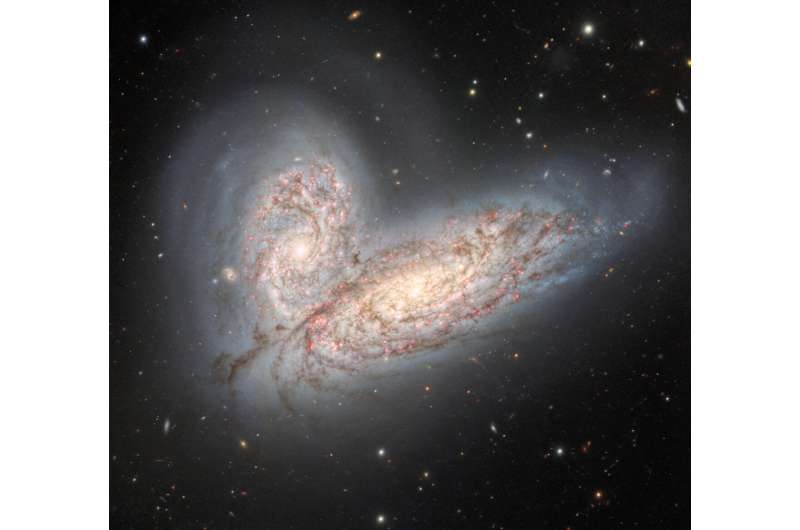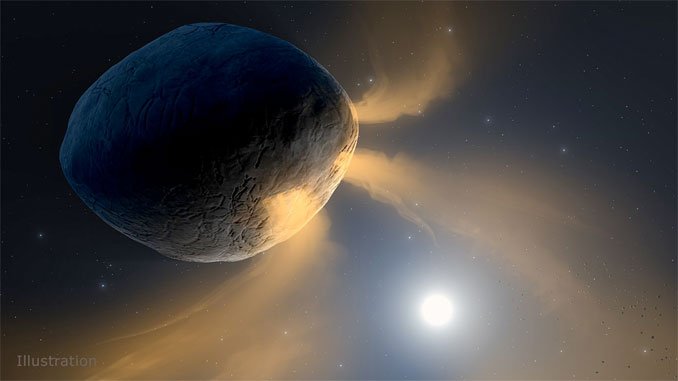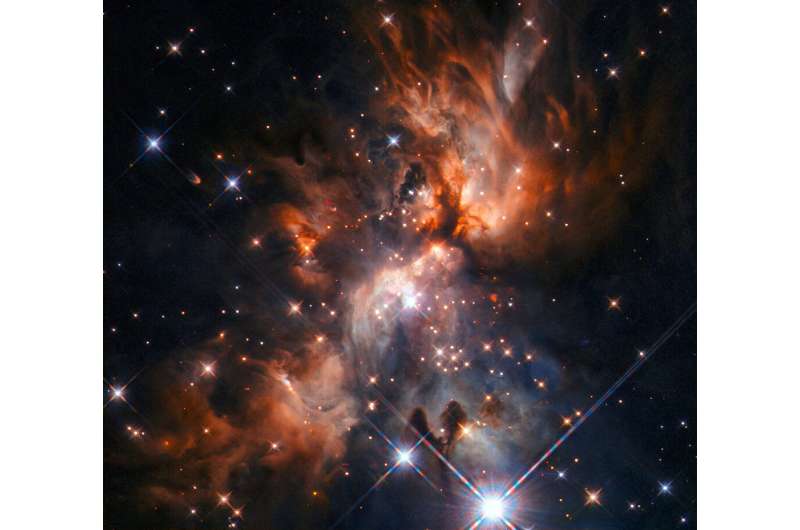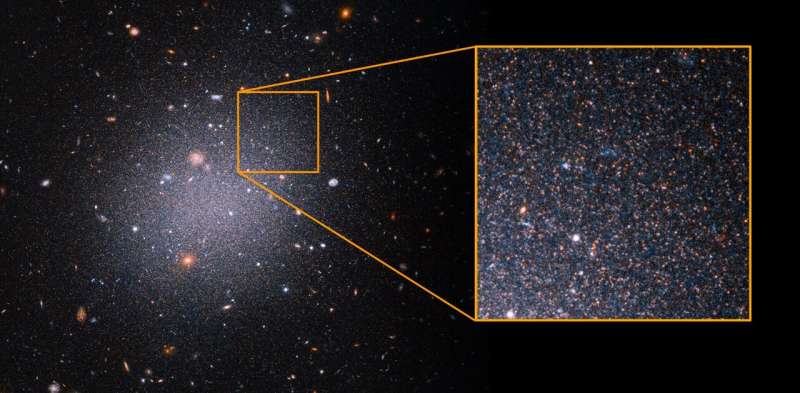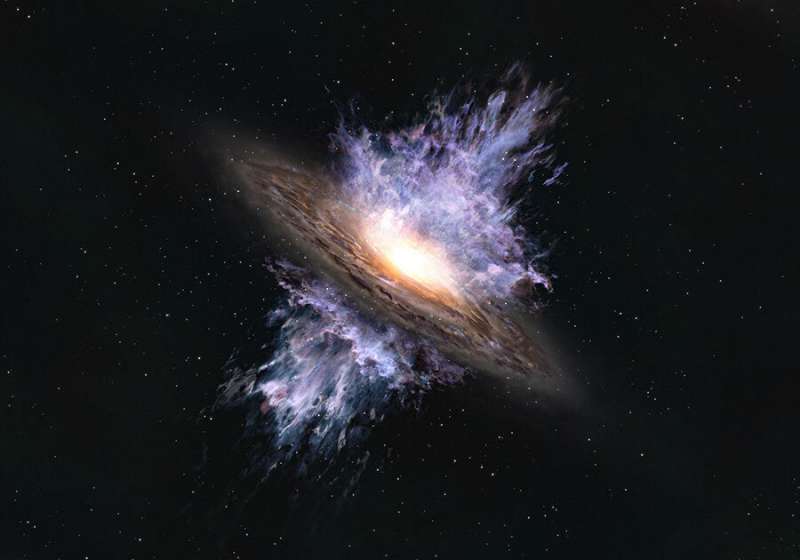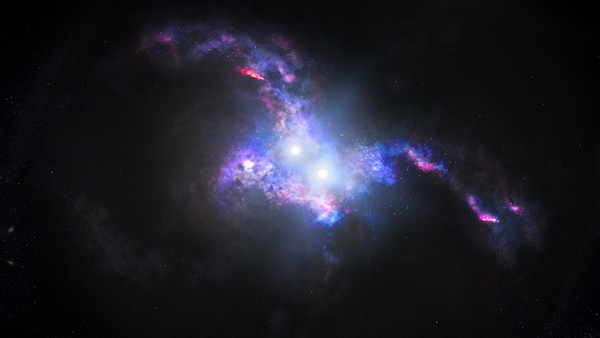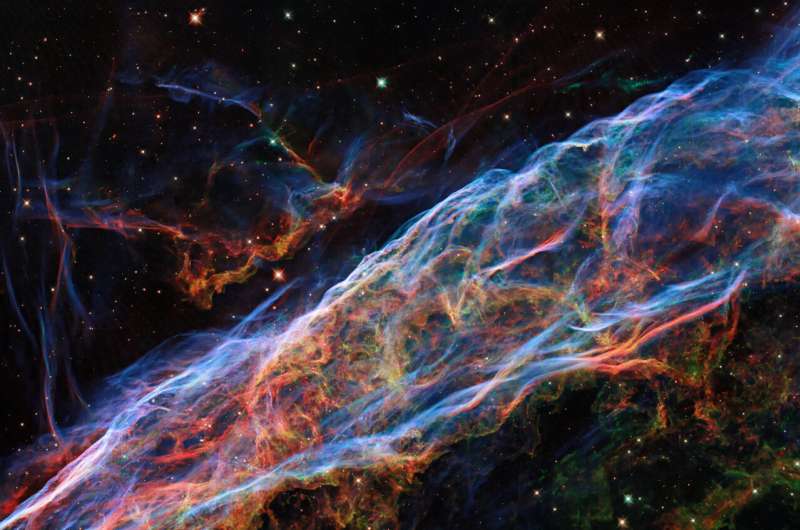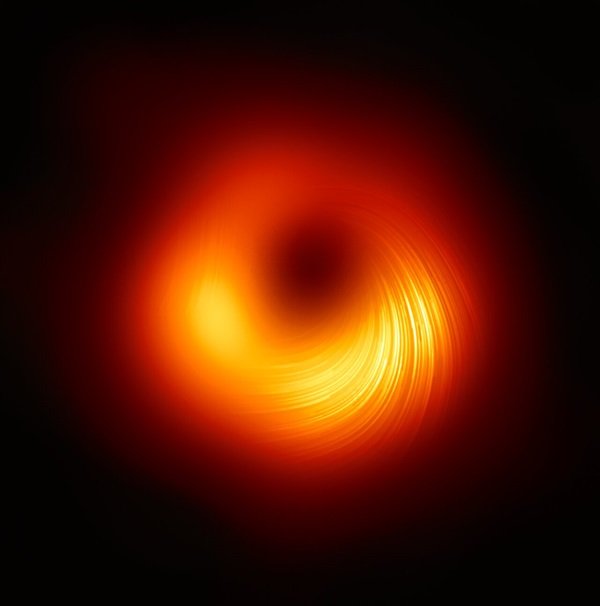Interesting Astronomy news from the week of 8/21/2022
Read about the coolest discoveries, research updates, and images of this week’s astronomy: A JWST discovery of carbon dioxide in the atmosphere of an exoplanet, an extrasolar world covered in water, and a new planetary nebula. JWST discovery of carbon dioxide in the atmosphere of an exoplanet For the first time, astronomers have found solid evidence of carbon dioxide in the atmosphere of an exoplanet! Carbon dioxide is an important component of the atmospheres of planets in our solar system, found on rocky planets like Mars and […]
Read more